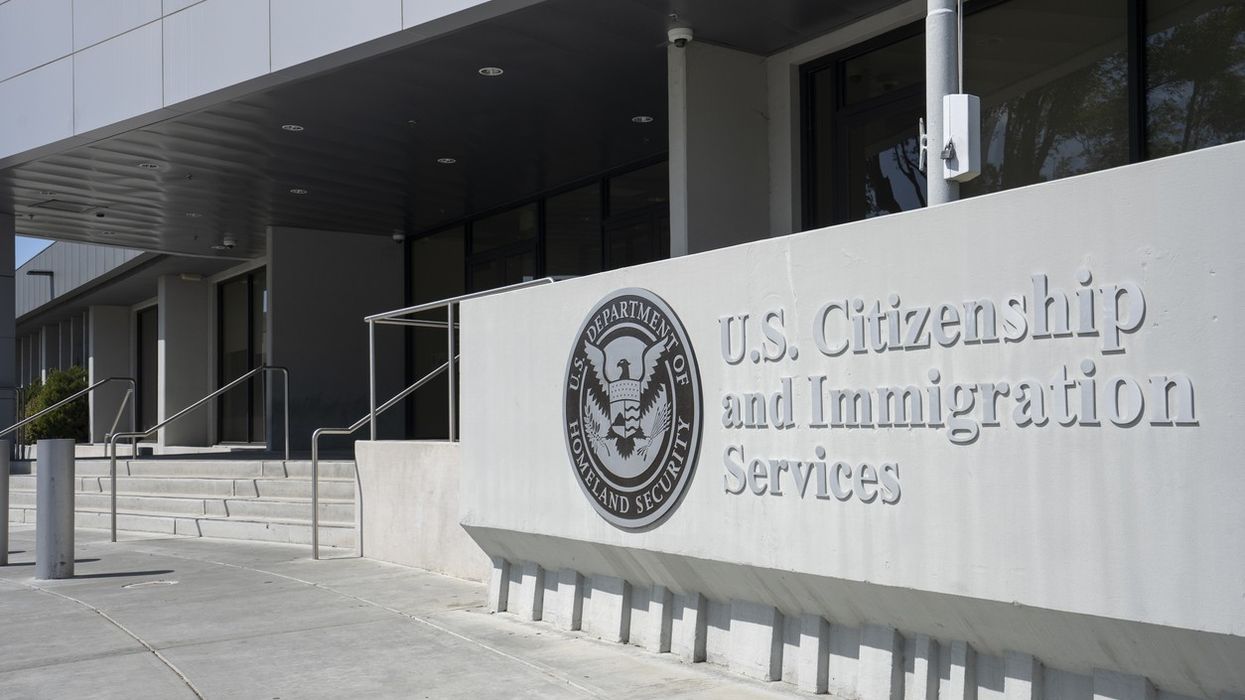The United States is shifting its H-1B visa strategy under the Trump administration from long-term foreign labor to a temporary 'knowledge transfer' model, Treasury Secretary Scott Bessent explained in a recent interview. “The President’s vision here is to bring in overseas workers who have the skills for three, five, or seven years to train US workers. Then they can go home, and U.S. workers will fully take over,” Bessent said.
He emphasized that this policy isn’t about displacing American workers; rather, it’s about addressing skill gaps in sectors like semiconductor manufacturing and shipbuilding, fields that have been offshored for decades. “An American can’t have that job — not yet,” Bessent noted.
The decision comes after Trump acknowledged in a Fox News interview that the U.S. lacks “certain talents” domestically and must bring in foreign experts to fill short-term gaps. While the administration continues its broader crackdown on H-1B visa misuse with 175 investigations this year, this updated posture signals recognition of the indispensable role international skilled workers, especially Indian-Americans in tech and healthcare, have played in America’s innovation ecosystem.
For Indian Americans who represent one of the largest cohorts of H-1B visa holders, this announcement brings both reassurance and complexity. On one hand, the White House is acknowledging its value in transferring critical skills. On the other hand, the notion of returning home after a fixed period may impact long-term career and immigration prospects that many have pursued for years. Still, the emphasis on training US workers could open opportunities for Indian-American professionals to assume mentorship, leadership and strategic roles within US firms rather than being viewed solely as external hires.
Industry observers say the new model aligns with the administration’s aim to repatriate manufacturing and reduce dependency on foreign supply chains by rebuilding domestic capacity. Bessent highlighted that the policy entailed “overseas partners coming in, teaching American workers, that’s a home run.”
Yet the shift also raises questions for companies reliant on long-term skilled immigrants for continuity and global operations, as well as for visa candidates seeking stable pathways toward permanent residency. For Indian-American communities—especially those looking to convert temporary visas into US citizenship, the model may recalibrate expectations and require a fresh look at career strategy in America.









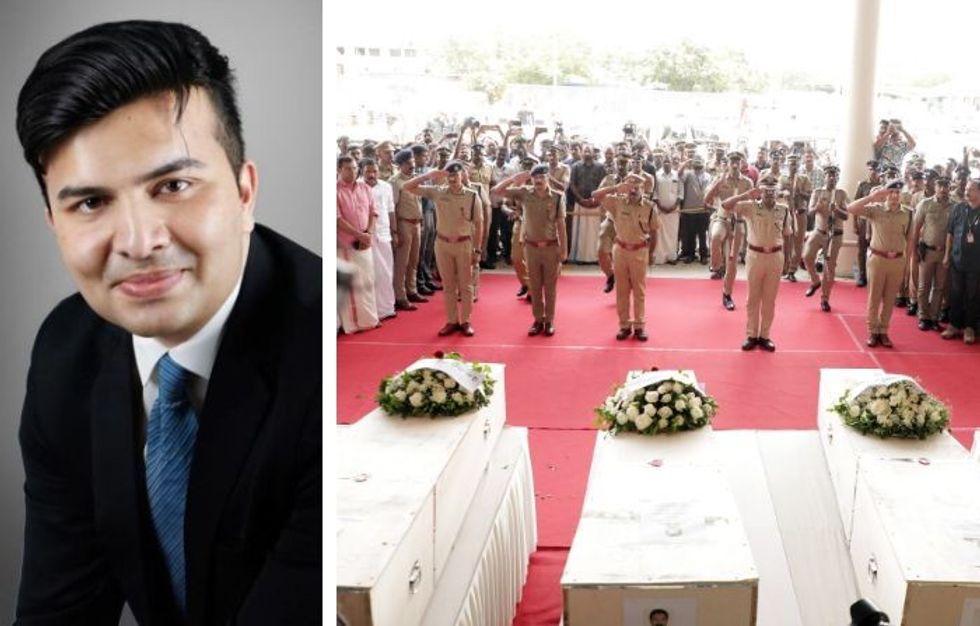
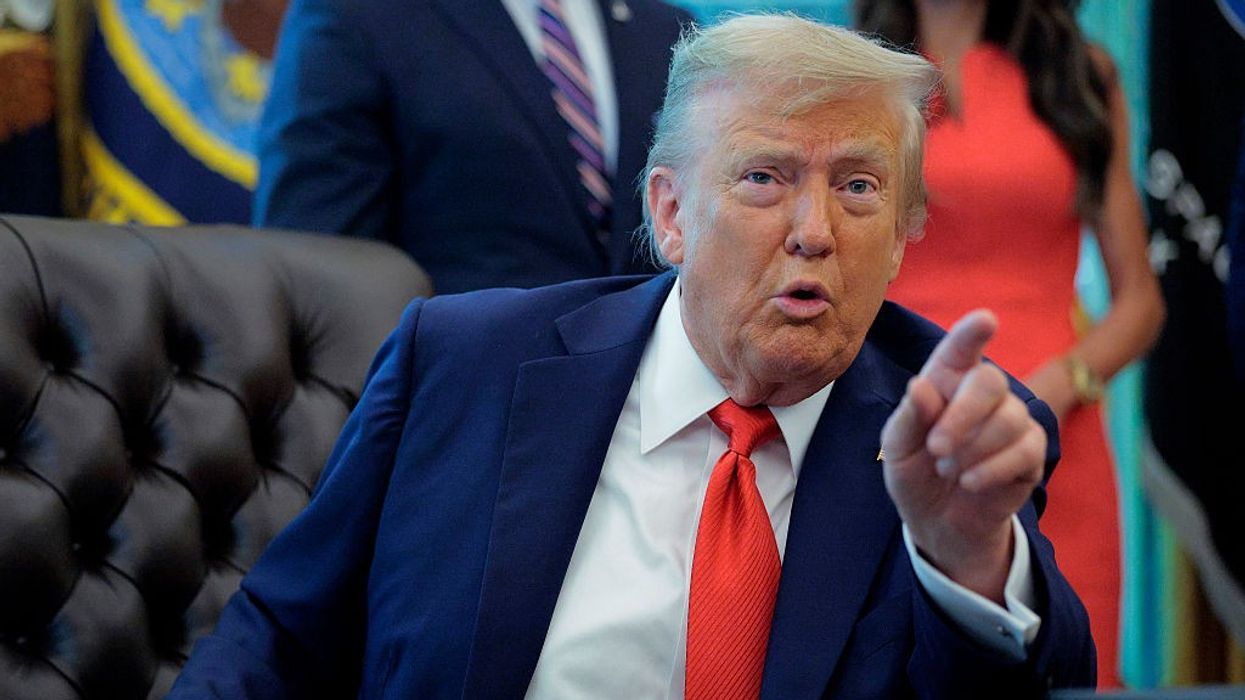

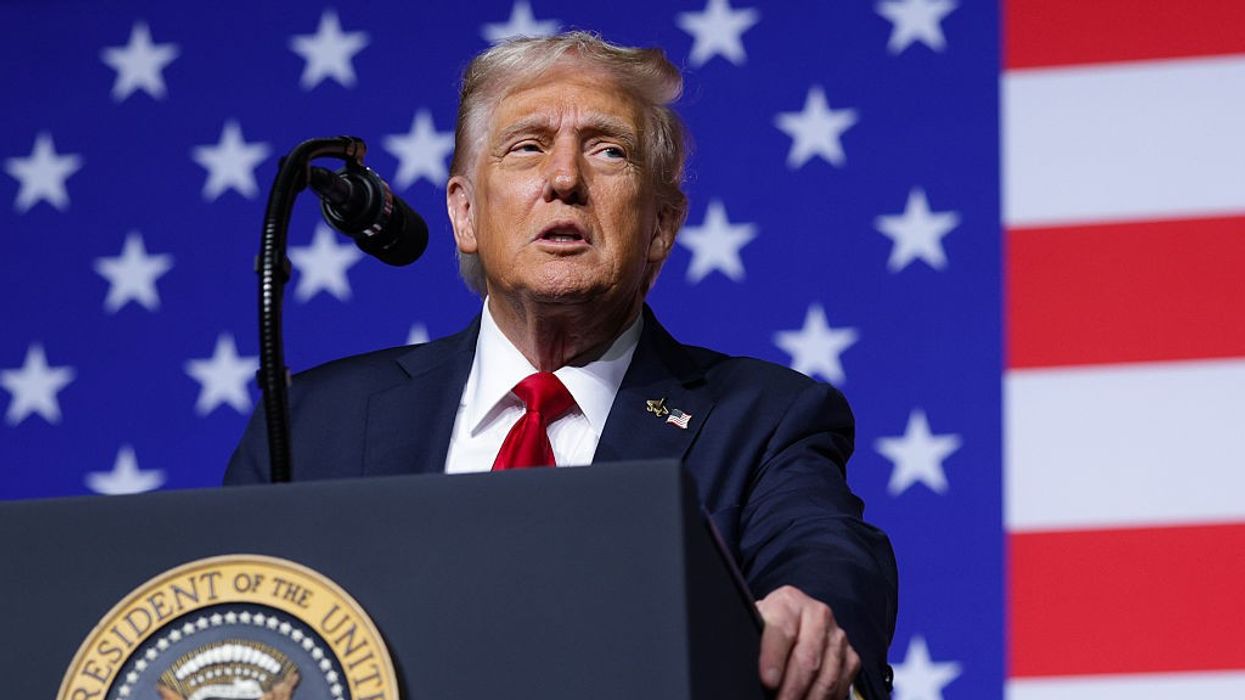
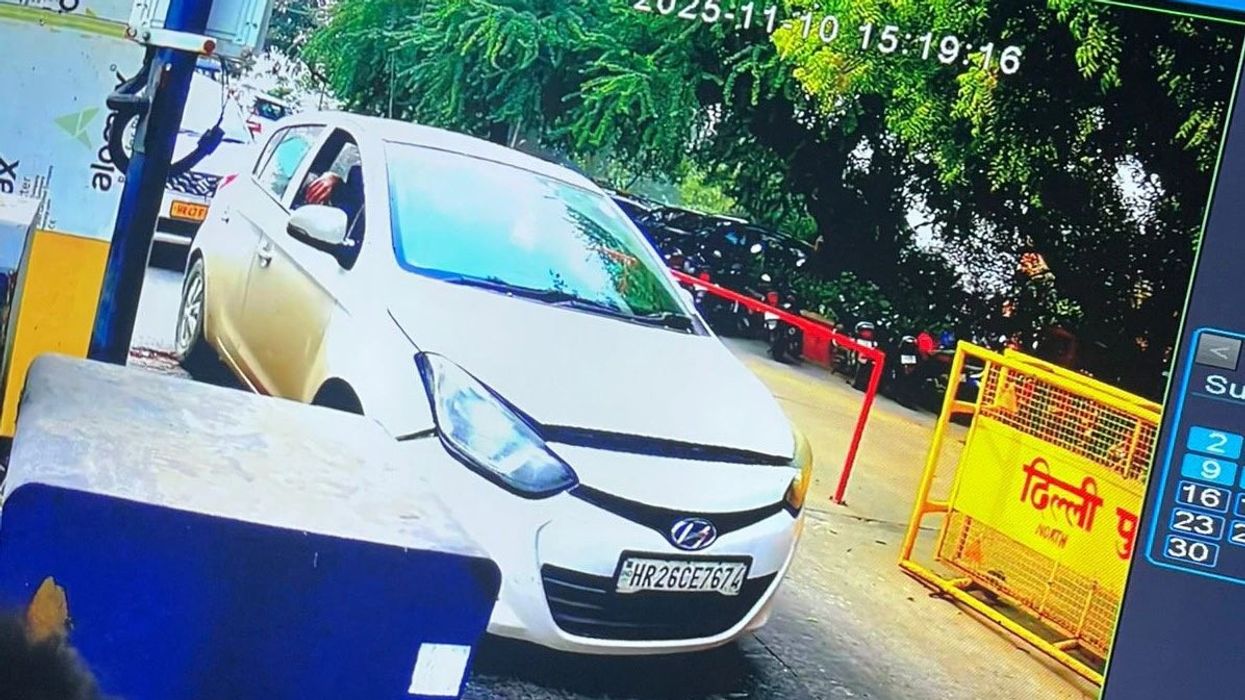
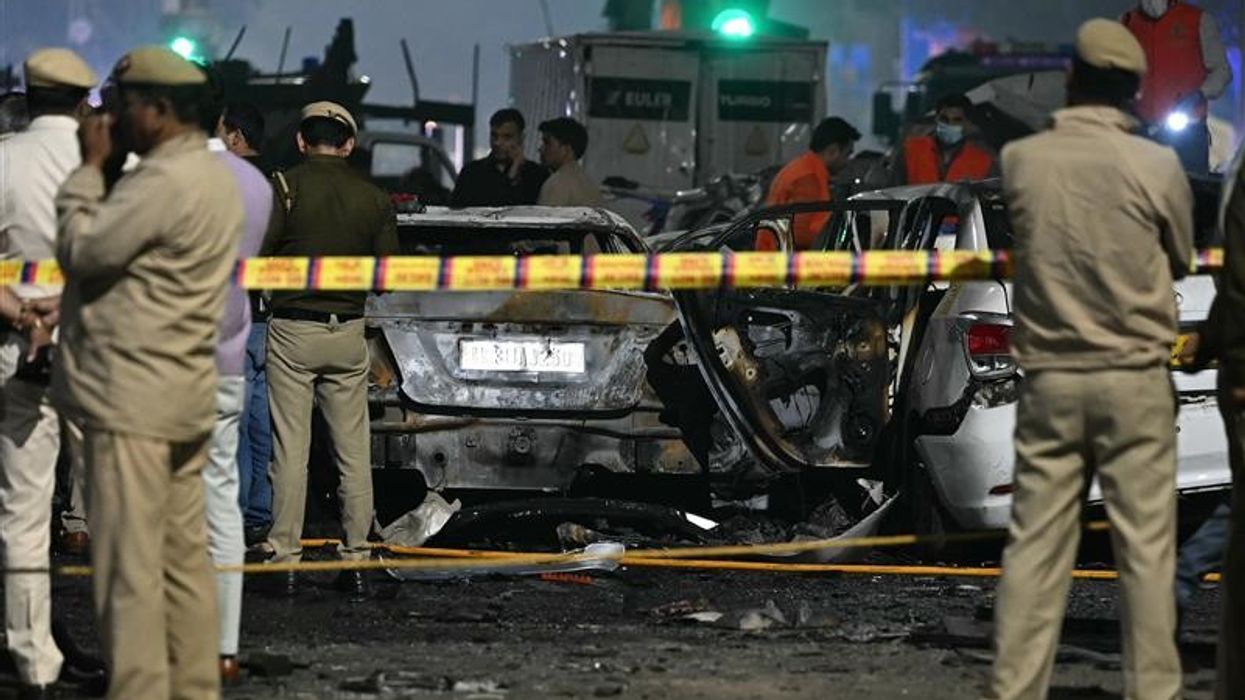
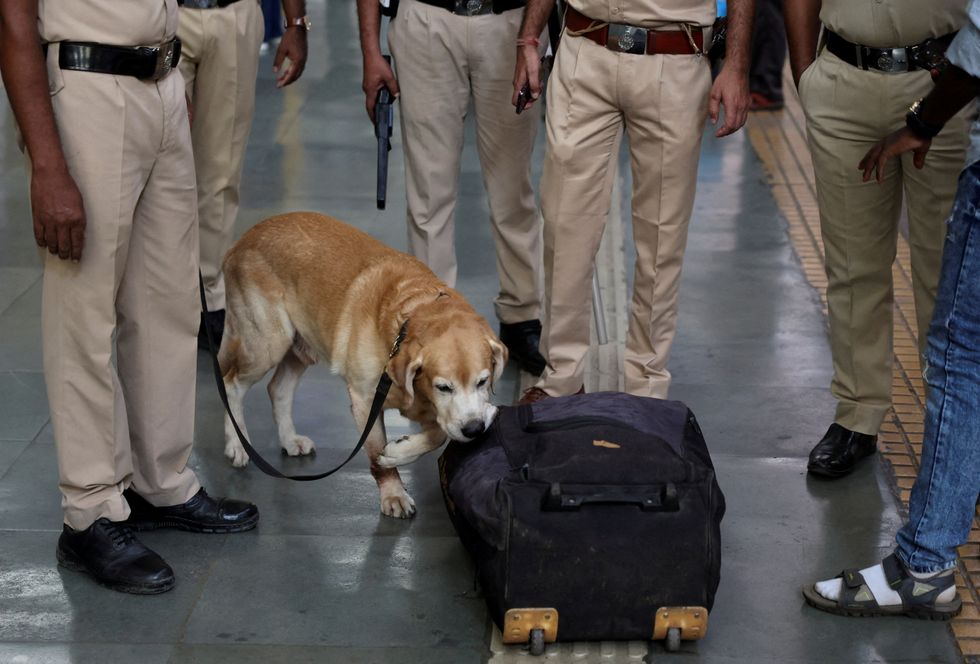 A Mumbai police sniffer dog sniffs a bag during a patrol after heightened security following an explosion in New Delhi, at a railway station in Mumbai, on Tuesday (11)Reuters
A Mumbai police sniffer dog sniffs a bag during a patrol after heightened security following an explosion in New Delhi, at a railway station in Mumbai, on Tuesday (11)Reuters
